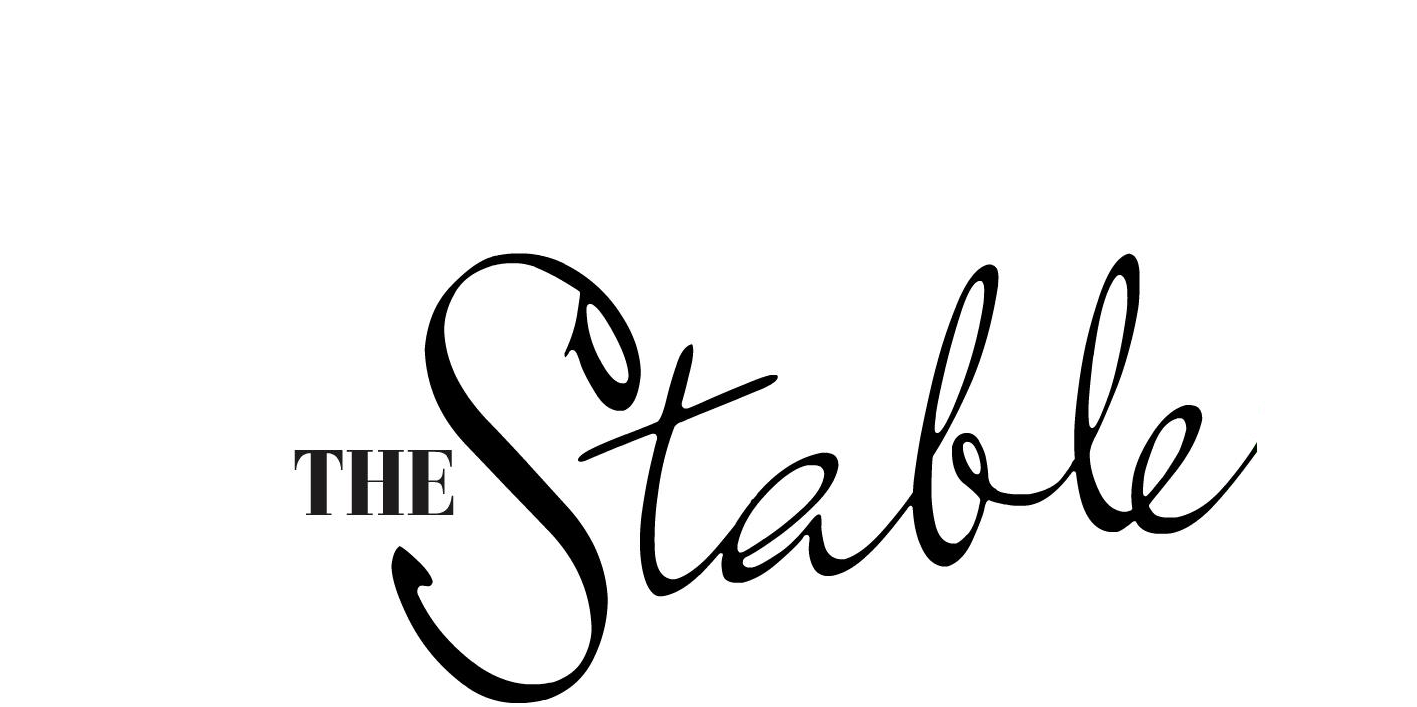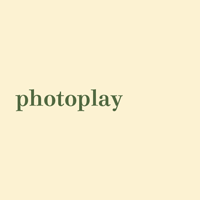Every evening, I join the peak crawl across the CBD. Every evening, a dozen and a half outdoor ads – digital and plain billboard – make a wan attempt to grab my attention. They wouldn’t have to work all that hard to do it. Sitting in a car going slower than walking speed is relentlessly boring. But they have to work harder “wan”.
They don’t.
Why the hell not? Technically, I’m a captive audience – or is that the reason? The most interesting thing about the ones I’ve been seeing is that some slide – from one ad to another in threes.
Of course, every now and then there’s a gem. Clemenger BBDO Melbourne did some brilliant things with boobs (for Bonds bras) and balls (for Bonds undies) a few years back. And J.Walter Thompson London showed that you don’t have to blow the budget or brain of a technologist to make outdoor magic. An ordinary garden ladder will do.
But why can’t it be that often there’s a gem. Especially in Australia, “land of the great outdoors”.
In fact, this Chat was triggered by a gem. A campaign by Happiness – an FCB alliance, in Belgium. The outdoor campaign was created for TV channel, BeTV, to create a buzz about, Who is America?, Sacha Baron Cohen’s show that mocks the more idiotic aspects of America. To achieve its goal, the campaign mocked one of America’s most stupid aspects. Trump’s wall. It built walls and used them to host its posters. The agency placed its outdoor ads on walls that it built in front of Mexican restaurants. Completely blocking their entrances.
The idea is wild, provocative and possibly annoying to some. Just like Sacha Baron Cohen. Importantly too, the idea is tangible and three-dimensional, memorable with a row of exclamation marks. And a talking point. When was the last time you talked about, cared about – or even remembered – an ad you saw on your daily commute?
Here is its story:
Happiness: BeTV tantalises Belgium with a Sacha Baron Cohen-esque Who is America? stunt
And here is its Chat, Is outdoor advertising underachieving?
Naturally, the first voice has to be that of Philippe Fass, the creative director whose agency grabbed my attention by thinking outside the rectangle.
Philippe Fass, creative director, Happiness – an FCB alliance, Belgium
Is digital advertising hitting the mark with people? And is outdoor advertising dead – again?
The answer to both questions is fragmentation. The digital revolution has given people the opportunity to watch exactly what they want, when they want to. Suddenly, we’re noticing that our advertising is, indeed, not especially what they want to see. Damn. But behind that fragmentation of the media there’s also an opportunity – finding the right people at the right time with the right message. As long as we make sure that these messages are all engaging enough.
So, for those who haven’t noticed yet, our job has become exponentially bigger – and exciting. Fragmentation is also the reason why outdoor advertising is still alive and kicking. At the end of the day, there are still a lot of brands that simply need to communicate to “everyone”. And if there’s one media left that people can’t ignore, it’s outdoor advertising. If you want to make sure everyone’s seen you, it’s your last resort. For us, the challenge is then to make sure that the bridge is made between those posters and the digital world. Once again, if your outdoor advertising is engaging enough, it will live beyond the poster. Fragmentation demands engagement. And engagement demands creativity. So, no, we’re not dead either.
David Ponce de Léon, executive creative director, Ogilvy Melbourne
That the oldest medium in the history of communications has fallen behind in favour of cheaper and quicker digital alternatives is not surprising at all. We as an industry are quick to react to the lure of shiny new things and discard or move on from what is perceived as old fashioned.
However, I’ve sat down at many, many meetings where outdoor media companies have shown us the latest in outdoor innovation, and what they have to offer is nothing short of extraordinary. The advent of digital screens has seen the amazing possibilities integrating outdoor sites with all sorts of technologies: image recognition, Bluetooth, beacon technology, GPS, multiple connected moving screens and more. All of which are music to the ears of any savvy creative. Outdoor has always had amazing potential to connect with consumers because of the fact it’s out there in the real world. Where real people are. Near the places they work, eat, shop, exercise, socialize and entertain themselves outside of their own homes. The opportunity to capitalise on thousands of moments of truth and influence decision making on a multitude of consumer journeys is right there. Outside. But something is amiss and my feeling is that the new outdoor digital magic remains cost prohibitive and media companies have been unable to demonstrate ROI in such a convincing way that justifies the investment for brands. This, in return, stifles or limits outdoor creativity.
The opportunity to connect outdoor with new digital shopping habits is immense. I remain hopeful the day will come when we will see a proper “in-poster purchase” technology implemented in Australia and executed in such a creative way that we will all wonder how and most importantly, why on earth it took us so long.”
Jean-François Sacco, co-founder and chief creative officer, Rosapark, France
Outdoor is dead; long live outdoor! If we limit our thinking to its traditional form – posters – indeed, there are a lot of questions to be asked about its performance. A “static” media with the goal of creating an instant impact doesn’t seem adapted to an era where communication is constantly evolving.
However, it’s hard to pick a media as extraordinary as outdoor. In effect, if we look at the category in a broader sense, not just printed posters, we can see that it’s actually one of the most modern media, as its power lies in its versatility. The 2018 Cannes Lions can attest to that. Judging Outdoor [Which Sacco did this year: ed] means judging motionless images, moving images, printed images as well as digital, street shows, statues, art galleries, etc. In short, the category’s strength is that it represents everything outdoors so, in reality, it’s a media with a promising future.
Even the more traditional format has a bright outlook, thanks to digital technology. Take facial recognition – digital outdoor displays will be able to identify you as you pass by, and personalise a unique message according to your age, lifestyle and personality. At a time when big global brands are looking to shift from “one to many” to “one to one”, that’s a huge advantage for the future.
But beyond its digitalisation, what’s most remarkable about outdoor is how it’s diverging from its classic form to become a media of entertainment and, even more so, adapting to its surroundings in larger sense. The power of Fearless Girl stems from its ability to create such an incredible wave of press, with just one statue in one location. The poster becomes a statue and a part of our daily life, in turn generating millions of impressions. The Daily Show’s Trump Gallery, the Grand Prix winner at Cannes 2018, is another marvellous example. Outdoor becomes an ephemeral art gallery that generates millions of visitors online.
In short, whatever its form, outdoor has already proven that it’s one of the media most adapted to modern modes of communication today.
Malcolm Caldwell and Ian Broekhuizen, creative directors, Leo Burnett Sydney
Outdoor advertising. It’s often a creative’s favourite medium. That’s because in its original format, it’s probably the hardest one to get right. You’ve got a split second to grab someone’s attention and not many tools at your disposal to do it.
A single image. Six, perhaps eight words if you’re lucky. And a logo. Oh yes, and creativity.
But over the last few years, creativity seems to be the tool we’re using less and less. Outdoor advertising has become a blunt instrument to hit people over the head with. Reach and awareness has replaced salience and meaning. Shouldn’t we attach a benefit to the products and services we’re selling? Rather than just tell people we have products and services to sell.
Perhaps it’s no surprise that Australia wasn’t awarded a single pencil in the Outdoor category at D&AD this year. Whether someone’s driving down the street, shopping at Westfield or waiting for a bus, we need permission to interrupt their day.
We need to entertain and not take it for granted that people are already engaged. Creativity can do that.
Also, let’s not treat all outdoor advertising the same. Large and digital formats behave differently. As do street furniture and cross tracks. Outdoor is an amazing medium. But we can’t expect people to change their behaviour and buy what we’re selling if we don’t change our behaviour towards outdoor.
So maybe it isn’t outdoor advertising that is underachieving. Maybe collectively as an industry, we are.
Mikael Andersson & Josefin Thor, senior creatives, Stendahls, Sweden
One of the problems with outdoor advertising is that those who come into contact with your message are a long way from a purchase. Whereas, with digital channels, you’re only a click away. Outdoor advertising as a channel has not really developed since it was first introduced. Today’s digital ad systems, on the other hand, are constantly under development to increase accuracy. There is a downside to this, however, as studies show that people feel followed by online ads and that retargeting can even contribute to people becoming even more tired of ads. This is where outdoor advertising has the advantage, it doesn’t seek out people in the same way and is therefore perceived as being less intrusive.
Creative advertising has been shown to work, and even liked by the recipients. And every year, we see lots of creative solutions in the outdoor category at the world’s most prestigious competitions. The problem is that it’s often limited special solutions. For outdoor to experience a revival as a media channel, great ideas from creatives and creative one-shots are not enough.
The channel itself also needs to evolve and create conditions for advertisers to start using new techniques in their communication solutions. Outdoor media as a channel needs to start reflecting a reality where the line between digital and physical gets more and more blurred. This is partly to create greater conditions for broader communication solutions to become smarter, more creative, more up-to-date and interactive, but also to be able to extend a brand experience and a shorter path to purchase.


















